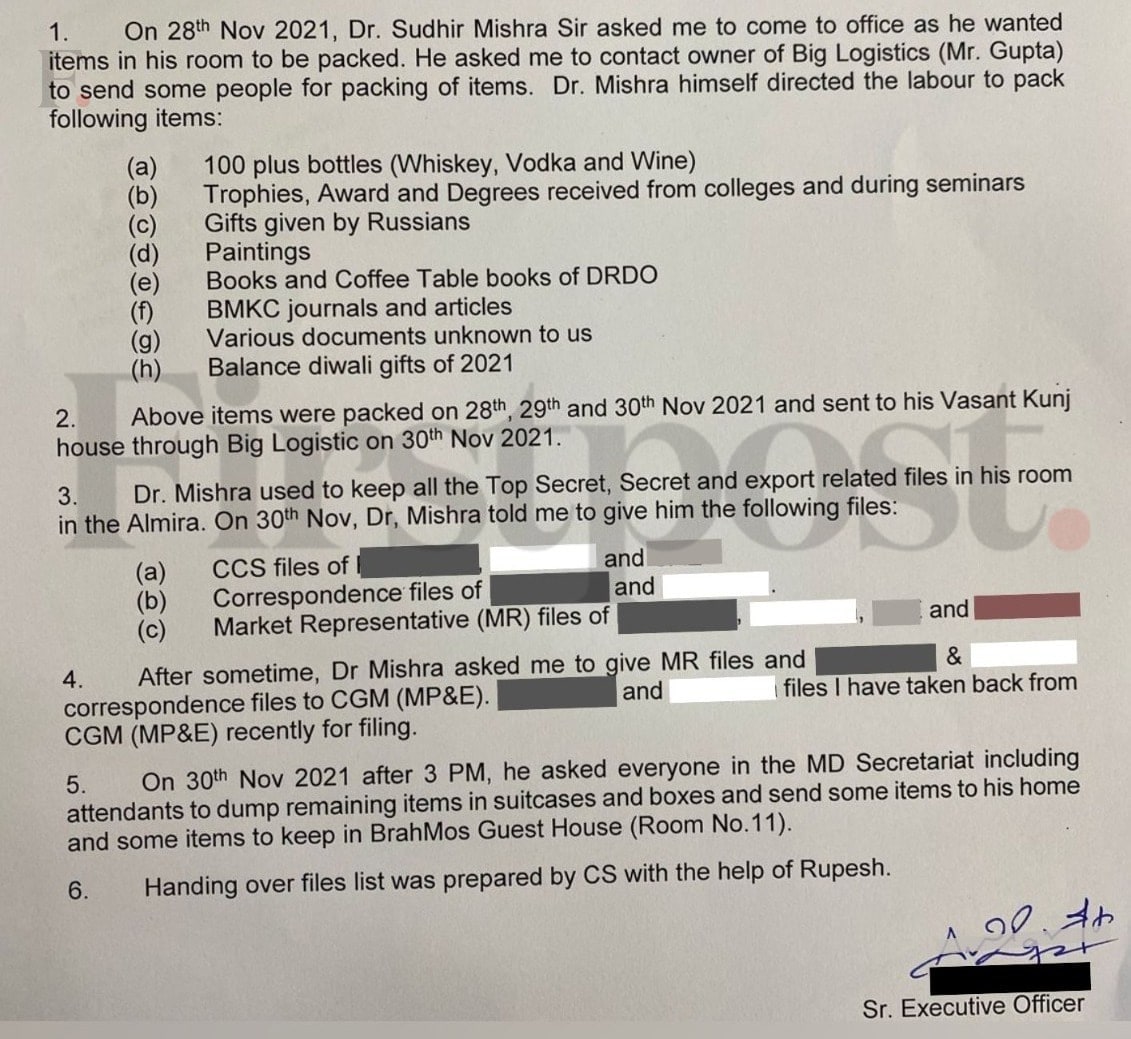Exit polls began in 1957 during the second Lok Sabha election when the Delhi-based Indian Institute of Public Opinion conducted a survey. Predicting elections in immediate decades of Independence was not a tough job. Everybody knew Jawaharlal Nehru would come back to lead the government.
The exit poll surveys started drawing intense public interest during the 1980s and the 1990s. But those were days when a few thousand views would be used to predict the national election in India — whose population jumped from 71 crore in 1981 to 108 crore in 2001. This explained why exit polls, in general, grossly misjudged the outcome of the 2004 Lok Sabha election.
When exit polls got a shock
An interesting aspect of the 2004 exit polls was that it was in sync with a number of opinion polls that were conducted by different agencies in the 18 months prior to the Lok Sabha election. They all predicted the return of the Atal Bihari Vajpayee government. The final opinion poll conducted in January 2004 gave 335 seats to the BJP-led government.
Exit polls conducted through the four phases of the voting during the 2004 Lok Sabha election gave 230 to 278 seats to the BJP-led ruling coalition and 174 to 205 seats to the Congress-led coalition in the 543-member House. When results were declared in May 2004, the BJP-led alliance lost power, securing only 181 seats. The Congress’s alliance won 2018 seats, with others getting 143 seats. The Left Front was to play the kingmaker and decided to back the Manmohan Singh-headed government at the Centre.
Have exit polls become more credible now?
Post 2004 goof-up, the exit pollsters have changed their strategies, expanding their sample size vastly. Now, some of the pollsters seek to know the voting preferences of over a million electors who actually went to the polling stations. Those gathering the data of voters in the thousands are considered smaller exit poll agencies.
More staggered elections have also helped the pollsters. In both the 2014 and 2019, the Lok Sabha elections were held in seven phases each. In the 2009 Lok Sabha election, held in five phases, the exit polls were still off the mark but they got the direction right.
In 2014, pollsters had a festive time. Most of them got the winner right even though they overestimated the performance of the losing coalition. The poll of polls predicted a majority for the BJP-led alliance. The Modi wave ensured that the BJP became the first party in 30 years to secure a majority in the Lok Sabha on its own. The Congress recorded its lowest performance, failing to secure the position of the Leader of Opposition in the Lok Sabha in 2014.
The exit polls in 2019 followed almost the same template as 2014, predicting the return of the Modi government. A majority of them, however, failed to gather that the Modi wave had become stronger, beating the anti-incumbency speculation.
The exit, despite their shortcomings, have shown the ability to pick the direction of the election waves correctly in recent years at the national level. A look at the performances of the top seat-catchers in the 2019 Lok Sabha over the past five parliamentary election cycles show that the BJP has taken the pole position in Indian politics, the Congress has lost its mass connect and the regionals parties are finding it hard to go beyond their state boundaries in a manner to impact the outcome of the national elections.
What exit polls say about the 2024 Lok Sabha election?
The exit polls predict a bigger victory for the BJP than the party and its alliance had in 2019. It predicts a pro-incumbency mood in support of the Modi government, which has been in power for 10 years.
Almost all exit polls gave the BJP an opening in the difficult South Indian states — Kerala and Tamil Nadu, where it was ridiculed as a NOTA party. In both the states, News18 Poll Hub exit polls say, the BJP-led NDA may win 1-3 Lok Sabha seats.
The BJP is predicted to be sweeping states like Gujarat, Madhya Pradesh, Himachal Pradesh, and also Chhattisgarh, while maintaining an overwhelming lead in Rajasthan, Delhi, Haryana and several other states.
The exit polls make two surprising outcomes for the BJP, which is predicted to emerge as the single-largest party in the Trinamool Congress-ruled West Bengal and the Congress-ruled Telangana.
The all-India picture in exit polls by News18 Poll Hub, the BJP is expected to win 305-315 seats in the 543-member Lok Sabha, with 40% vote share. The NDA is likely to win 355-370 seats, with 47% vote share.
The Congress, on the other hand, is expected to improve its performance compared to its 2019 show, winning 62-72 seats with 20% vote share. The Congress-led INDIA is predicted to win 125-140 seats with 33% vote share.
The poll of polls average figure for the NDA comes to 361 seats in the Lok Sabha while the INDIA bloc is likely to win 149 seats.
If exit poll figures hold when the Election Commission counts the actual votes, India has given Modi 3.0 an emphatic mandate to take what PM Modi described as “tough decisions” during the election campaign.
Link to article –
Lok Sabha Election 2024: Will exit polls get it right this time? A hint from past on what they may
